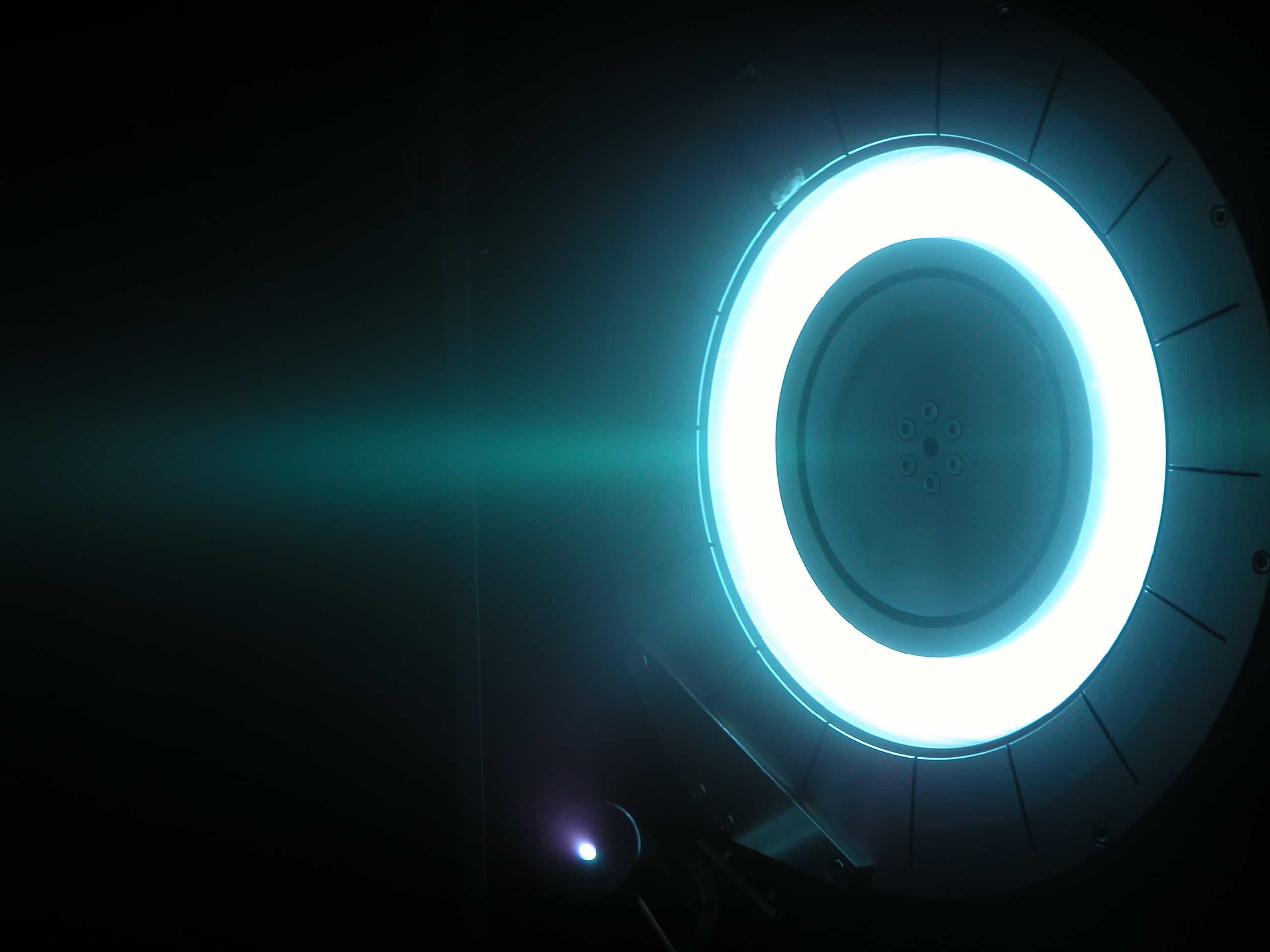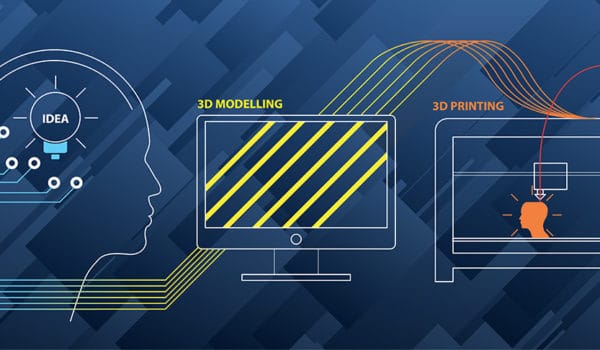Atmospheric energy harvesting, also known as power harvesting or energy scavenging, or ambient power, is the process by which energy is derived from external sources (e.g., solar power, thermal energy, wind energy, salinity gradients, and kinetic energy, also known as ambient energy), captured, and stored for small, wireless autonomous devices, like those used in wearable electronics and wireless sensor networks.
It is known that the Earth’s atmosphere was made by planetary degassing, a procedure in which gases like carbon dioxide, water vapor, sulfur dioxide, and nitrogen were released from the interior of the Earth from volcanoes and other processes. The Earth’s atmospheric energy is a thin layer of gases that surrounds it. It is composed of nitrogen, oxygen, argon, carbon dioxide, and trace amounts of other gases. This thin gaseous layer insulates the Earth from extreme temperatures which keeps heat inside the atmosphere and it also protects the Earth’s ultraviolet radiation coming from the Sun.
The Earth’s atmosphere contains many ions and free electrons and plasma, an extremely hot gas that is composed of free-floating ions and atomic nuclei stripped of some electrons – making the ions positively charged and free electrons negatively charged. Plasma behaves much differently than a neutral gas and may be considered the fourth state of matter. Plasma conducts electrical currents. The ions are created when sunlight hits atoms and removes some electrons. The existence of ions in the Earth’s atmosphere is the fundamental reason for atmospheric electricity. An absence of ions would mean zero electric fields in the atmosphere and there are not any thunderstorms or lightning. There are three classes of ions, namely small ions, intermediate ions, and large ions. Most important are the small ions since their higher mobility allows them to take a more active part in the transfer of charge throughout the atmosphere. The concept of Earth’s atmospheric energy deals with the electric field and the electric current in the atmosphere propagated by the conductivity of the air. Clear, calm air carries an electrical current, which is the return stream for thousands of lightning storms simultaneously occurring at any given moment around the Earth. In the event of a lightning storm, an electrical charge is built up, and electrons arc across a gas, ionizing it and producing the lightning flash. The complete circuit requires a return stream for the lightning flash. The atmosphere may return the stream for the circuit. The electric field due to the atmospheric return stream may be relatively weak at any given point because the energy of thousands of electrical storms on the Earth is diffused over the atmosphere during both fair and stormy weather. Other contributing factors to electric current being present in the atmosphere may include cosmic rays penetrating and interacting with the earth’s atmosphere, and also the migration of ions, as well as other effects yet to be fully studied.
The Corona Effect
It is also known that when two electrodes are under a sufficiently intense electric field under normal atmospheric conditions, a fusion process takes place creating a continuous current or an electronic avalanche creating plasma above a certain threshold. This phenomenon may be called the Corona Effect. Its presence is generally characterized by the emission of ultraviolet and acoustic radiation. In general, it may be considered as the Corona Effect constituted between a little radius electrode, in the vicinity where the electric is strongly concentrated point effect, and a very large radius electrode, such as an airplane. The polarity of the small radius electrode rules the type of Corona Effect: positive or negative. The physical phenomenon responsible for these effects mainly takes place in the vicinity of the little radius electrode.
Ions VS Electrons
Amongst others, the difference between electrons and ions, physical mechanisms being at stake are not identified according to the polarity of the applied electric field. The ionization in the lower atmosphere is mostly caused by cosmic rays and natural radioactivity. Ions are also produced in and near thunderclouds by lightning and corona processes. Cosmic rays originate from solar flares and other galactic objects such as supernovas and exploding stars. Some of the ionization in the lower atmosphere may be caused by airborne radioactive substances, primarily radon. In areas with high radon exhalation from the soil or building materials, the rate may be much higher. Almost all positive natural ions during fair weather come from radioactivity. About half of these natural air ions come from radioactive minerals in the ground.
Each time a radioactive atom decays near the air, it typically ejects an energetic alpha particle and produces air ion pairs as it travels through the air. Another half comes from radon in the air and cosmic ray high-energy protons from distant supernovas. Indoors, ions are ‘alive’ typically 25 seconds before touching a surface and shorting to the ground. Outdoor ions are usually ‘alive’ for several minutes more. Natural negative ions usually come from radioactivity and evaporating water. Lightning, thunderstorms, and forest fires can contribute positive and negative ions, but these ions are not produced under everyday conditions. Alpha-active materials are primarily responsible for atmospheric ionization. As described above, there is a large amount of usable energy available in the Earth’s atmosphere, a method or apparatus for efficiently collecting that energy used for the propulsion or power requirement of mass transportation and, to utilize this for the motive power requirement of the vehicle and auxiliary power requirement for the transportation system, energy farming, energy cumulating system, separation system, etc. given in the present embodiment and described below. The electric charges on conductors reside entirely on the external surface of the conductors and tend to concentrate more around sharp points and edges than on flat surfaces. Therefore, an electric field received by a sharp conductive point may be much stronger than a field received by the same charge residing on a large smooth conductive surface.
Energy harvesters usually provide a very small amount of power for low-energy electronics. While the input fuel to some large-scale generation costs resources (oil, coal, etc.), the energy source for energy harvesters is present as ambient background. For example, temperature gradients exist from the operation of a combustion engine and in urban areas, there is a large amount of electromagnetic energy in the environment because of radio and television broadcasting.
The last two decades have offered a dramatic rise in the use of digital technologies such as wireless sensor networks that require small isolated power supplies. Energy harvesting, a method to gather energy from ambient sources including sunlight, vibrations, heat, etc., has provided some success in powering these systems. One of the unexplored areas of energy harvesting is the use of atmospheric temperature variations to obtain usable energy. Magnetoplasmaionic (MPI) thruster, is a free energy system, which is to use the earth’s atmospheric energy ions and plasma to convert direct or indirectly from the power supply. The electric charges on conductors reside entirely on the external surface of the conductors and tend to concentrate more around sharp points and edges than on flat surfaces. Therefore, an electric field received by a sharp conductive point may be much stronger than a field received by the same charge residing on a large smooth conductive surface. It uses the property of a conductor, among others, to collect and use the energy generated by an electric field in the earth’s atmosphere and used as the fuel for the Magnetoplasmaionic (MPI) thruster.
Photo: Leo_B/Shutterstock
You might also like:
Support us!
All your donations will be used to pay the magazine’s journalists and to support the ongoing costs of maintaining the site.
Share this post
Interested in co-operating with us?
We are open to co-operation from writers and businesses alike. You can reach us on our email at [email protected]/[email protected] and we will get back to you as quick as we can.










